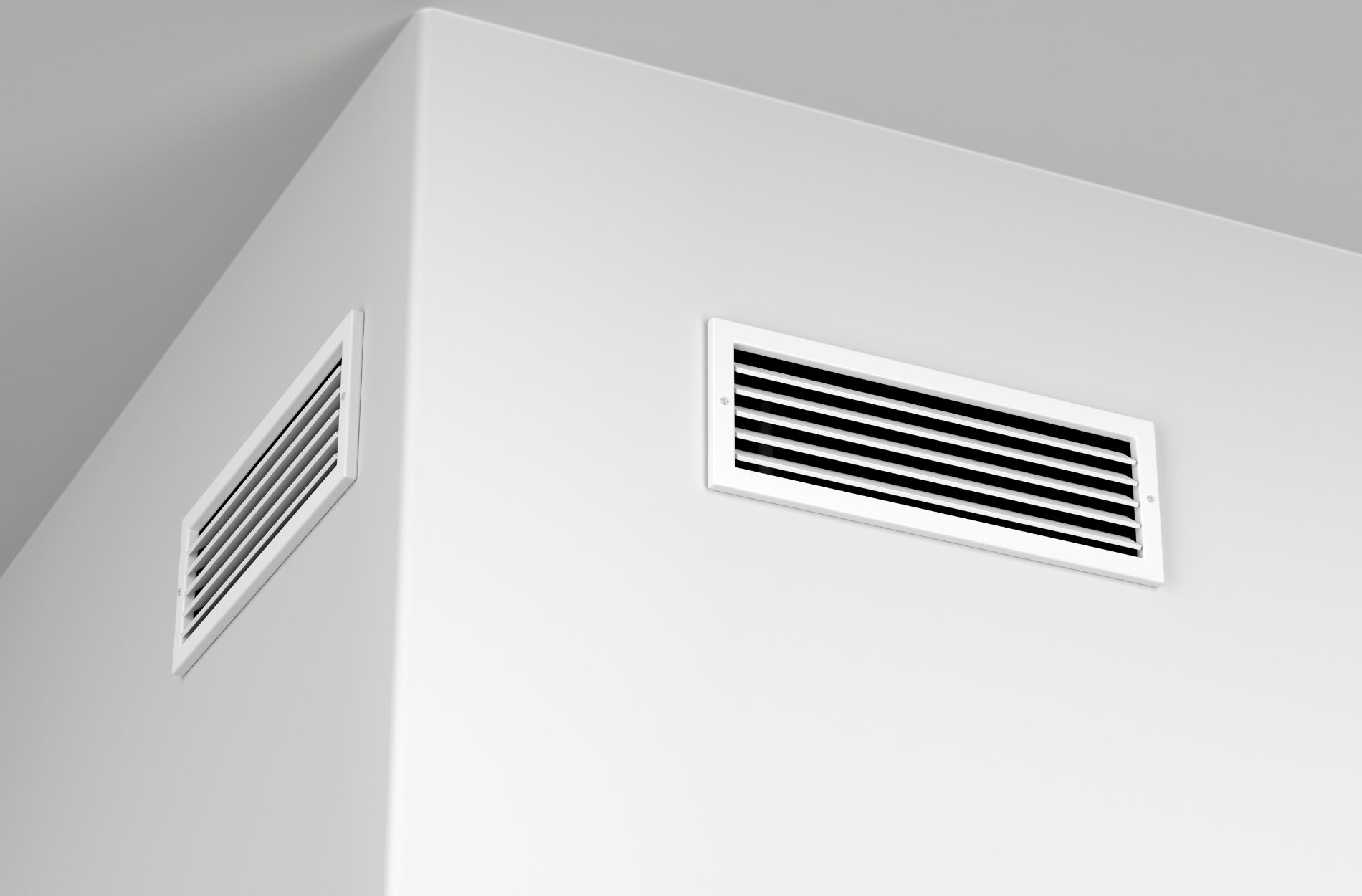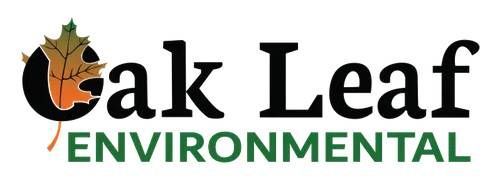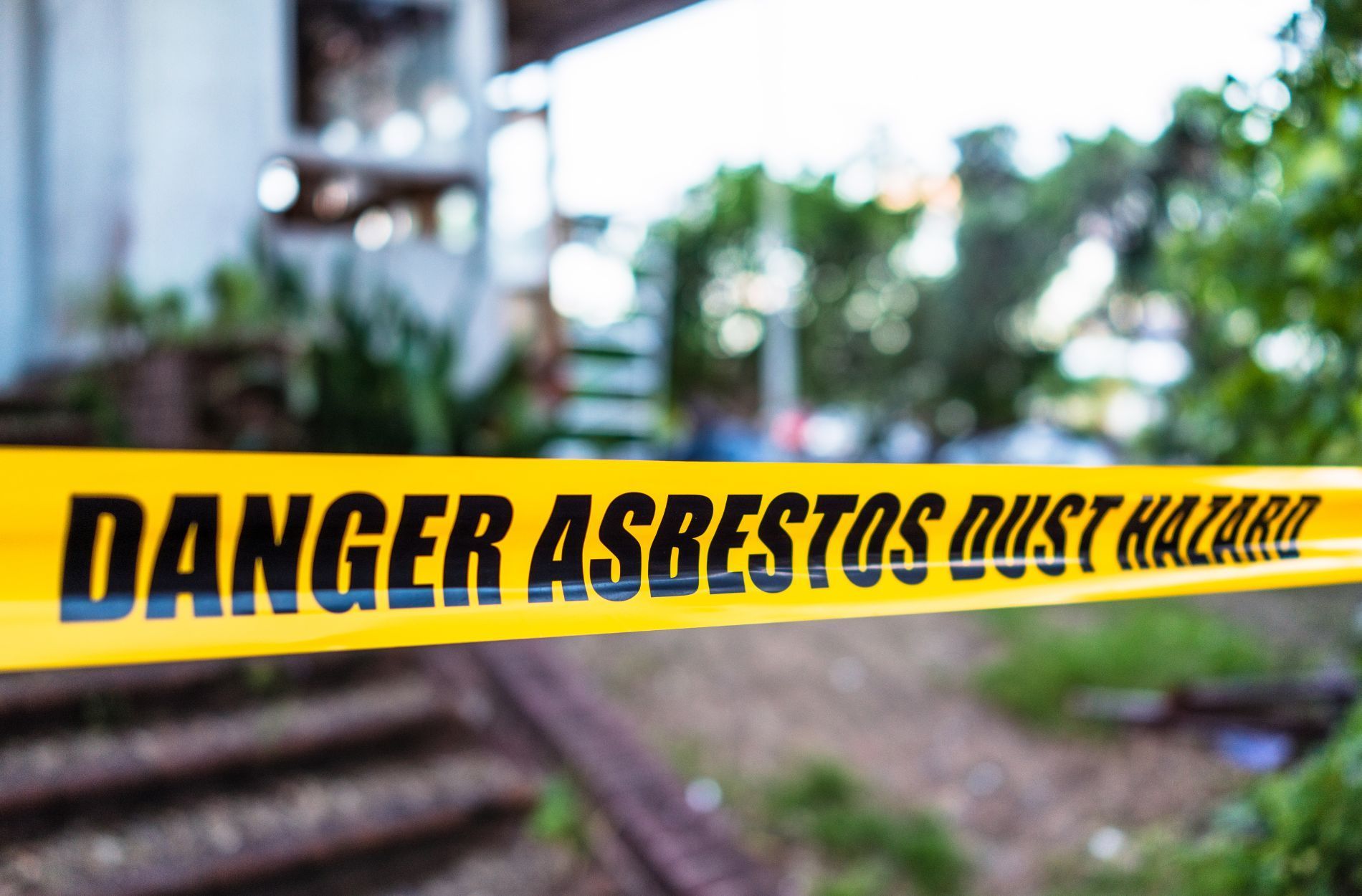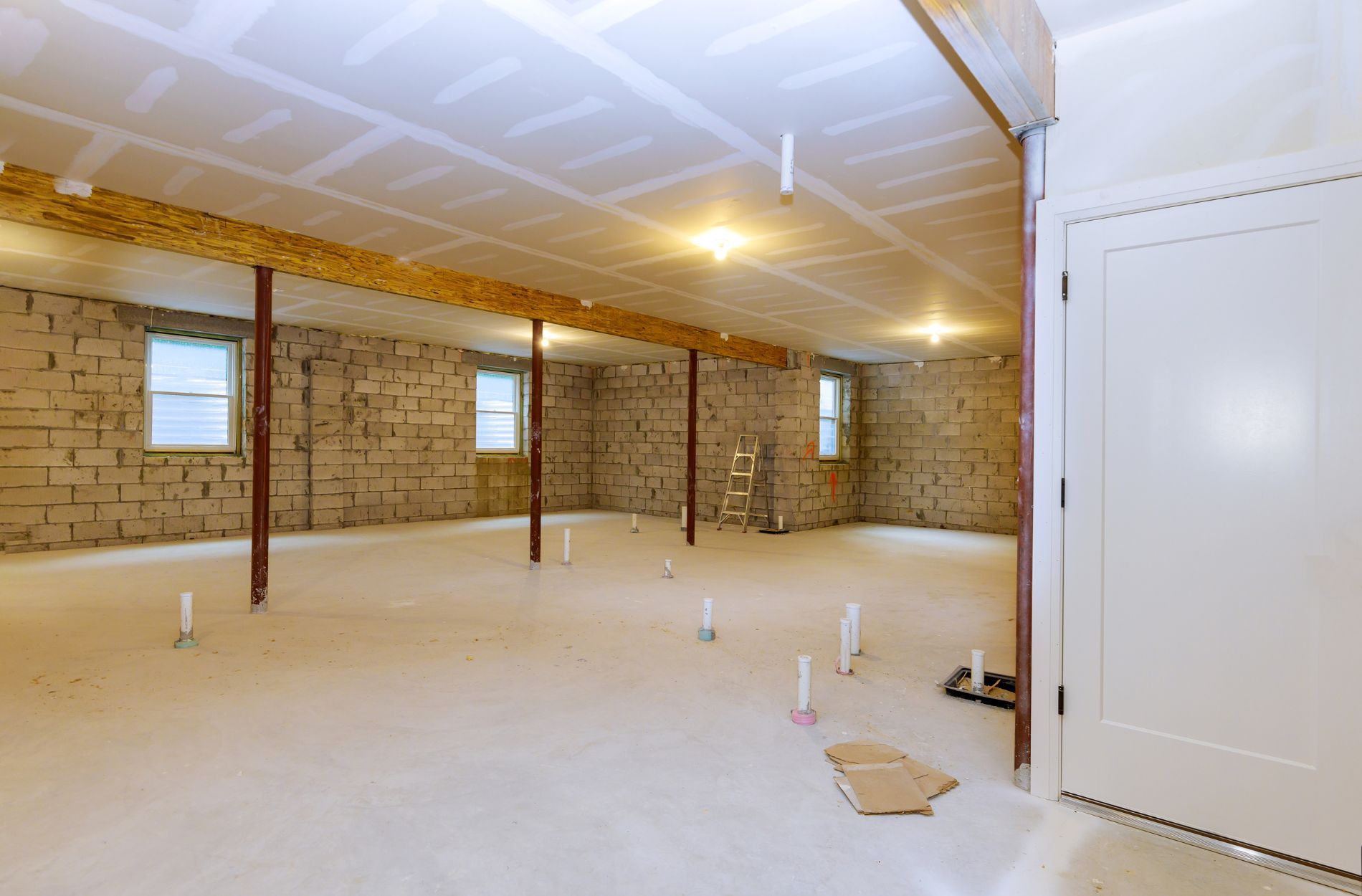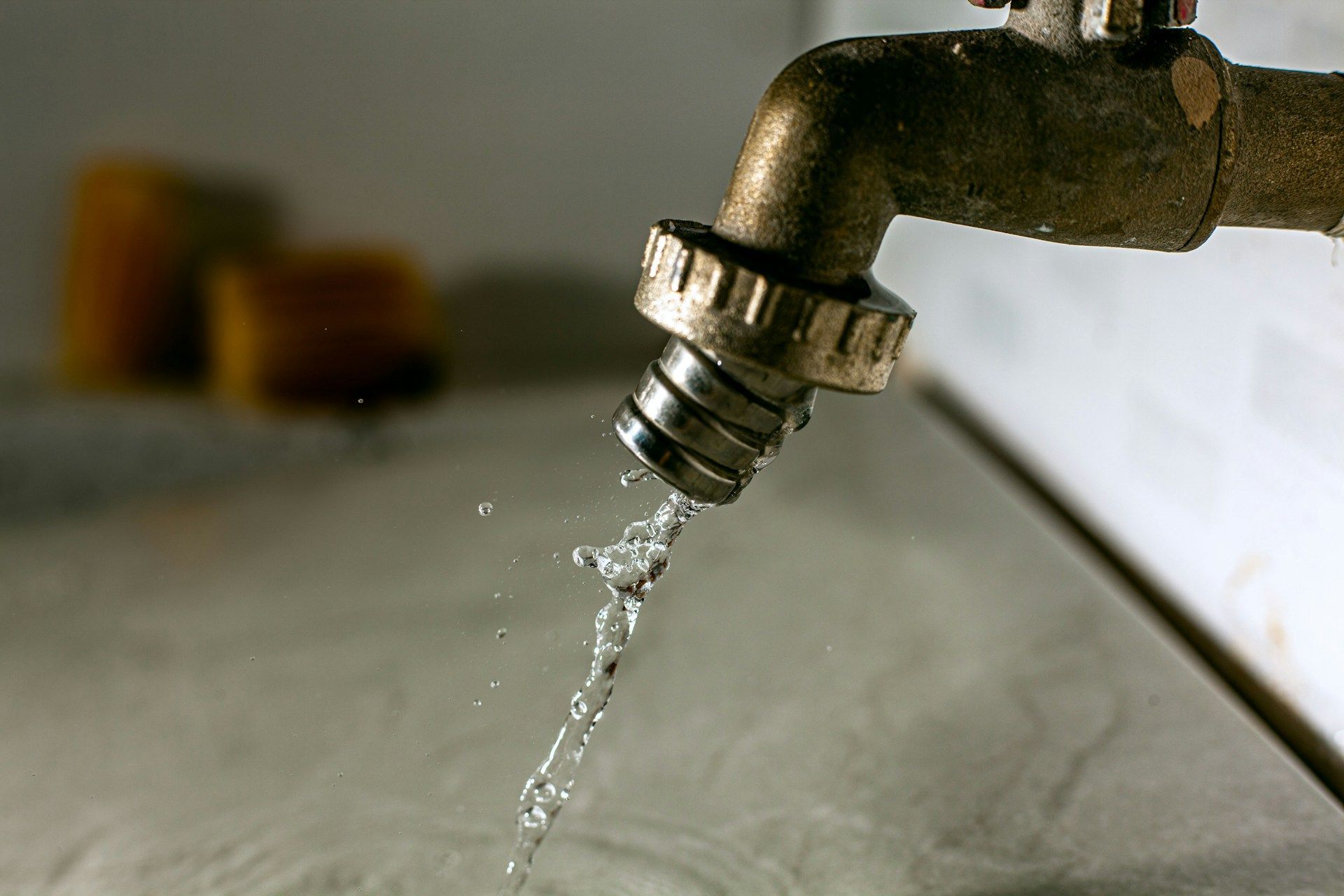Pre-Purchase Property Inspections: Checking For Asbestos
Before buying a home, most people look closely at the layout, roof condition, HVAC system, and whether there's enough closet space. But one area that often gets ignored is the potential for harmful materials hidden behind walls or under flooring. Asbestos is one of those hidden dangers that might not grab attention during a casual walkthrough, but it can have lasting consequences for your health and wallet if left unchecked.
Older homes, especially those built before the 1980s, may still have asbestos in a variety of building materials. It might be in the attic insulation, under vinyl floor tiles, or inside old wall panels. If you're thinking about buying an older property, taking the time to check for asbestos before closing the deal can save a lot of headaches later. That’s where pre-purchase inspections make a real difference by flagging these issues early on.
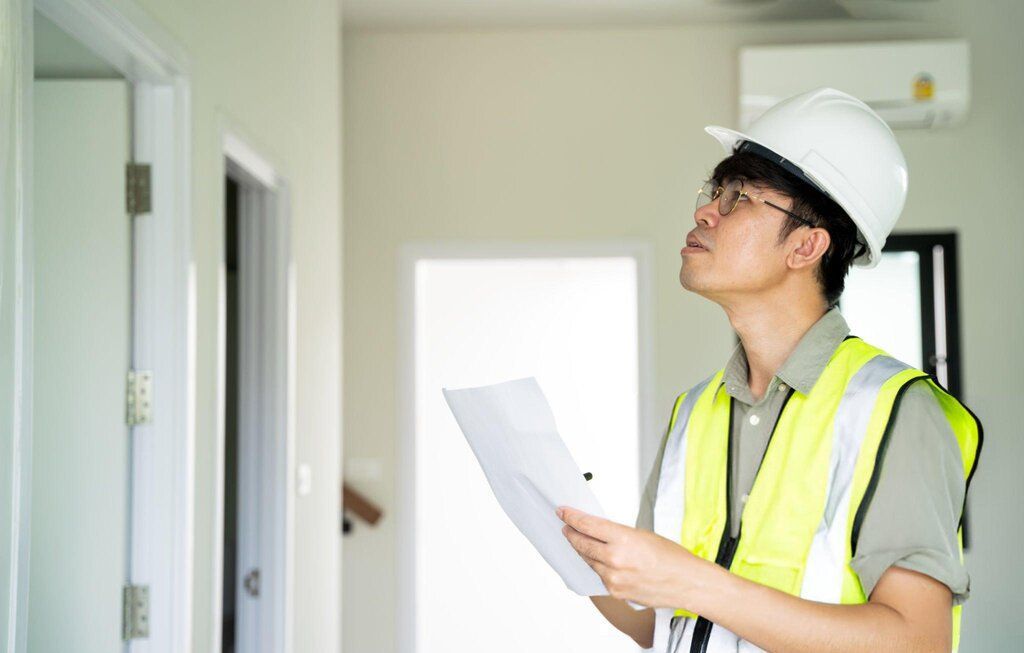
Understanding Asbestos And Its Risks
Asbestos is a naturally occurring fiber that was once used in many building products because it was strong, resisted heat, and didn’t easily catch fire. Sounds useful, right? It was, until people learned how dangerous it can be when breathed in. If tiny asbestos fibers become airborne and get into your lungs, they can cause long-term health problems. The risks are especially high when old materials are disturbed, like during a renovation.
The tricky thing about asbestos is you can’t see it or smell it. It lies dormant in materials until sanded, broken, or cut. The most common places it’s found in older homes include:
- Pipe insulation, especially around boilers or water heaters
- Floor tiles, often the older 9x9 inch styles
- Popcorn ceilings or textured wall coatings
- Cement siding or roofing materials
- Insulation materials in walls, attics, or crawl spaces
Some homeowners find out too late. For instance, a couple who bought a mid-century fixer-upper discovered asbestos tile glue under the carpet. What they thought would be a fun weekend project turned into a major delay and added cost once they had it properly tested and removed.
If a home hasn’t had a certified inspection for asbestos, there’s really no way to know for sure whether it’s there. That’s why it’s smart to have a property checked out before any paperwork is signed. Sellers aren’t always required to test for it, so the responsibility often falls on the buyer if they want peace of mind.
The Importance Of Pre-Purchase Asbestos Testing
Finding asbestos after you own a home is a lot like finding termites in the walls. It’s hidden at first, but once discovered, it’s going to take professional help and money to fix. That’s why testing before you close on a property is such a smart move. It gives you the full picture so you can decide if the home is worth the risk or if the seller is willing to take care of the issue before the sale.
For homebuyers, here’s what asbestos testing before purchase can really help with:
1. Understanding future renovation limits – If asbestos is found, you may be restricted in how and when you can do updates.
2. Avoiding surprise costs – Removal isn’t cheap, so knowing before you buy lets you budget or renegotiate your offer.
3. Making safer choices – You’ll learn which areas of the home to avoid disturbing or keep an eye on.
4. Meeting insurance or lender needs – Some lenders won’t approve financing if asbestos is confirmed and not addressed.
Testing also helps protect your health from the start. Moving into a home that hasn’t been tested means you could unknowingly expose your family by pulling up carpet or replacing old insulation. That’s a big risk, especially when buying a home should be a positive step.
How Asbestos Testing Services Work
When you’re planning to test a property for asbestos, it helps to understand what the process looks like. Professional asbestos testing services follow a clear set of steps that keep everyone safe and provide results you can trust. Testing doesn’t take long, but skipping it could mean missing something invisible and dangerous.
A certified technician will begin by doing a visual inspection. They’ll look closely at materials known to often contain asbestos, like ceiling textures, old tiles, or pipe insulation. If anything looks suspicious based on age or appearance, small samples are collected.
These samples might include bits of insulation, small portions of tile, or scrapings from wall textures. Once collected, samples are carefully sealed to prevent exposure and then sent to a certified lab. There, lab specialists use advanced equipment to detect even tiny amounts of asbestos.
A full report comes back identifying whether asbestos is present, where it’s located, and what type it is. This information helps guide you on your next step, whether that means moving cautiously ahead with the sale, asking for remediation before settlement, or walking away from the property.
Good asbestos testing isn’t just about results. The way samples are taken matters, too. Professionals know how to do it safely, without spreading contaminated dust. They also know how to treat older building materials without making the damage worse. If you’re serious about moving in safely, this is one step you don’t want to shortcut.
How To Choose A Reliable Asbestos Testing Provider
Not every company offering asbestos testing services operates at the same standard. Choosing wisely will help you avoid future problems and get reliable answers.
Here are a few things to look for when selecting a provider:
- Certification and licensing: They should have credentials from your state or relevant environmental agencies and be trained to handle asbestos safely.
- Lab accreditation: Make sure the labs used by the provider meet required federal or state guidelines.
- Clear process explanations: You want someone who will walk you through what they plan to sample and explain the process in simple terms.
- Detailed reports: Look for providers offering more than a simple yes or no. They should tell you what they found, where they found it, and what it means.
- Good communication: Choose a provider who is easy to talk to, answers your questions, and doesn’t use a lot of confusing jargon.
If you're short on time, your home inspector or realtor might be able to suggest someone. Still, it’s on you to make sure that provider is properly qualified. Doing a little homework ahead of time can prevent headaches later.
Peace Of Mind Starts With Smart Planning
Buying a home should feel rewarding, not stressful. Asbestos probably isn’t the first thing you think about during a tour, but it’s one of the most important checks to make if the home was built before the 1980s. A thorough inspection helps you avoid big problems and gives you valuable information before you sign anything.
Asbestos doesn’t have to be a dealbreaker, but not testing for it can turn into one. The earlier you know, the more options you have — whether that means asking the seller to cover removal costs or just making a safer investment decision.
Testing provides answers and peace of mind. Whether results show nothing to worry about or point out some problem spots, at least you’ll be informed. Add asbestos testing to your pre-purchase checklist and make a confident step toward owning a home that’s safe from the start.
For anyone considering buying an older property, prioritizing safety should be at the top of the list. Make sure you're fully informed about what might be hiding in those walls. For comprehensive peace of mind, learn more about our professional
asbestos testing services offered by Oak Leaf Environmental. With our expertise, you can confidently make well-informed decisions about your next home investment.
